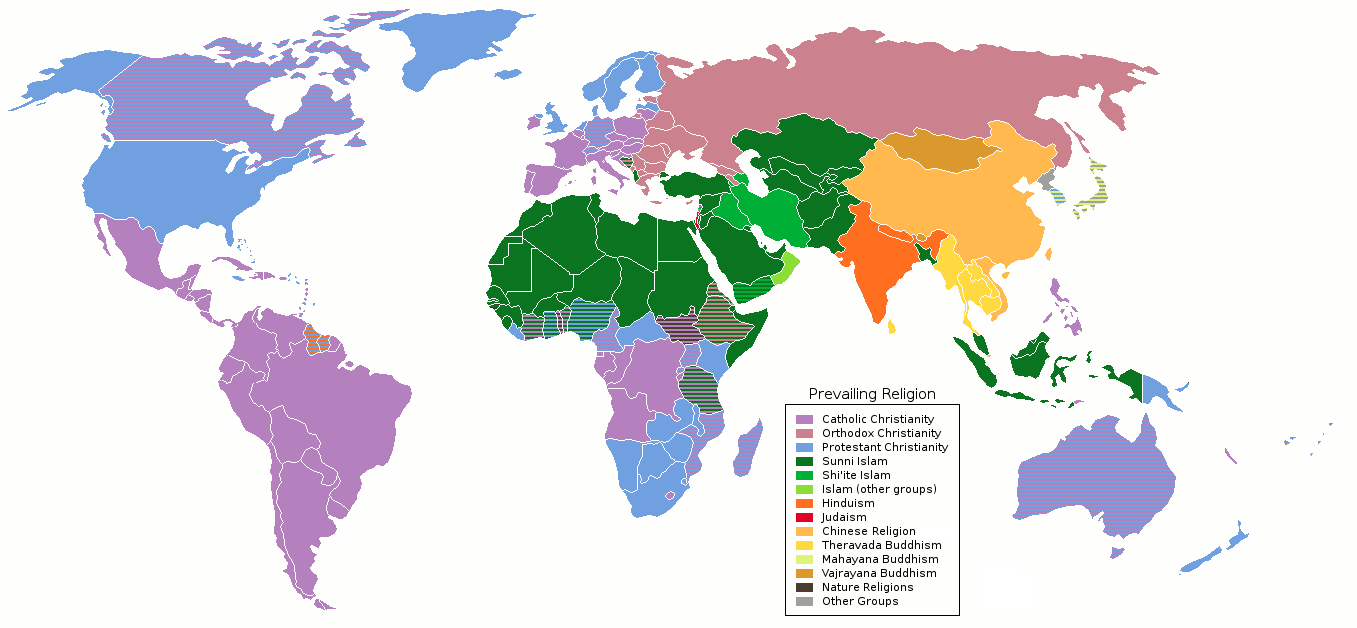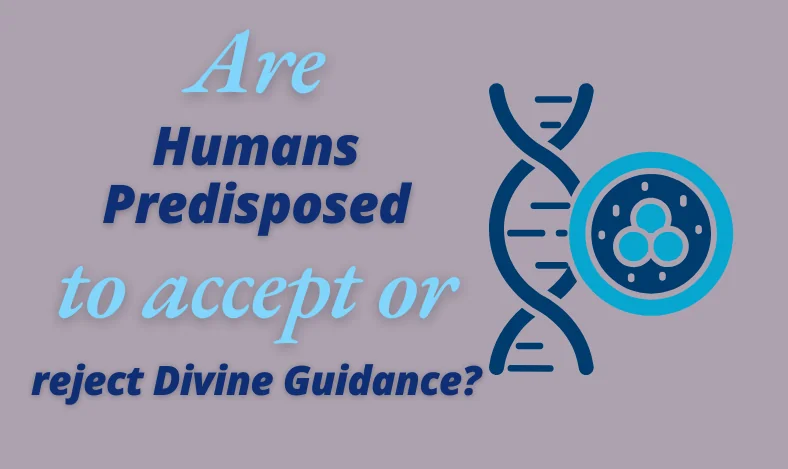Question
My friend has asked me a question regarding Sūrah Yasīn verse 40. Abdullah Yusuf Ali translates it as follows:
It is not permitted to the Sun to catch up the Moon, nor can the Night
outstrip the Day: Each (just) swims along in (its own) orbit (according to
Law).
We have two issues:
1. The moon “catches up” to the sun when there is an eclipse.
2. The sun does not have an orbit.
First, I don’t believe that the issue raised in point 1 has anything to do with the verse. The verse according to my understanding is talking about the specific purposes of each celestial body within the sky and how one cannot replace the other. And as for point 2, from my understanding, the Qur’ān is not giving any scientific statements. Though the sun does actually orbit the center of the Milky Way, I do not believe this is what the Qur’ān is saying.
Can you present a more accurate translation and meaning of the verse?
Answer
You have rightly stated that the verse does not provide a scientific explanation of the phenomenon of solar system or anything else. Rather it only communicates that the sun cannot leave its place and the night cannot come earlier even a split second of its prescribed time. The verse does not necessarily conclude that the sun has an orbit. The words that “all of these swims along in its own orbit” is not the very accurate translation of the words: كل في فلك يسبحون. It means that all of these go in their own prescribed path — which may be circular, longitudinal or of any other shape.
Answered by: Tariq Mahmood Hashmi
Date: 2015-01-10









